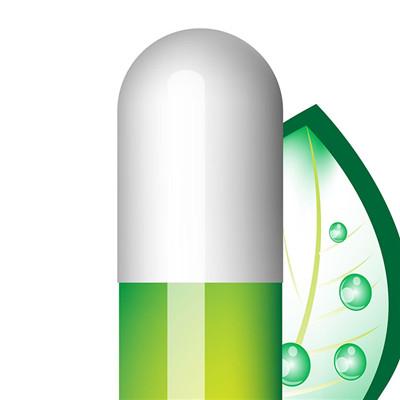What is the treatment of arteriovenous fistula?
summary
There is one or more communication between pulmonary artery branch and pulmonary vein, and part of the blood returns to left atrium without passing through alveolar capillary bed, which is called pulmonary arteriovenous fistula. According to the type, location and scope of pulmonary arteriovenous fistula, the treatment principle is: to retain the normal lung to the maximum extent, and at the same time to completely remove the pulmonary arteriovenous fistula, to prevent postoperative recurrence. What is the treatment of arteriovenous fistula? Now let me tell you something.
What is the treatment of arteriovenous fistula?
First, wedge resection, local resection, segmental resection or lobectomy were selected according to the type, location and range of pulmonary arteriovenous fistula. One side of multiple pulmonary arteriovenous fistula, pneumonectomy can also be used[ 1] The treatment principle of surgical resection is to retain the normal lung as much as possible and remove the pulmonary arteriovenous fistula thoroughly to prevent postoperative recurrence.

Second, the operation must first ligate and cut off the supply vessels, which may have blood vessels from autologous circulation. Before ligating and cutting off the pulmonary vein, we should dissect and separate the adhesion between the lung and the chest wall, cut off all the blood vessels from the systemic circulation to the pulmonary circulation, and then ligate and cut off the pulmonary vein to prevent pulmonary congestion and bleeding. The preoperative pulmonary angiography X-ray film should be strictly checked during the operation to prevent the leakage of small arteriovenous fistula, resulting in postoperative recurrence.

Third: for bilateral multiple pulmonary arteriovenous fistulas that are difficult to be resected, selective pulmonary artery catheterization can be performed under TV fluoroscopy, and the small embolus with stainless steel ring can be accurately placed in the blood supply artery cavity of pulmonary arteriovenous fistulas to cause blood clots without affecting the normal pulmonary artery. 79% of the fistulas had a feeding artery and a drainage vein, so embolization was easy to succeed. 21% of the fistulas had multiple arteries and veins, and embolization was not easy to succeed. Early after embolization, the patient had chest pain and small area of pulmonary infarction, occasionally complicated with systemic embolism or false embolism of normal pulmonary artery.

matters needing attention
1. Solitary pulmonary arteriovenous fistula with symptoms, large shunt and HHT, no matter with or without complications. 2. Multiple pulmonary arteriovenous fistulas with lesions confined to one lobe or one lung. 3. Pulmonary arteriovenous fistulas with diameter less than 1cm, asymptomatic and small shunt volume are allowed to be observed, but the shadow increases during the observation.












